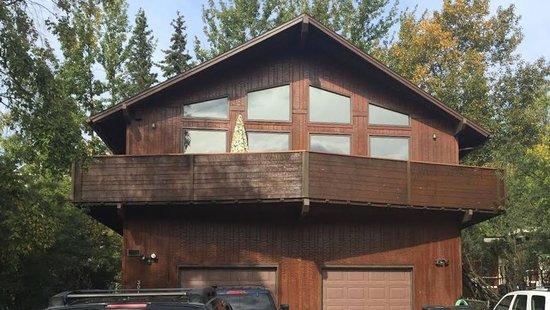Cleaning and sanding is the best way to prepare the cedar siding for a new finish.
How to sand and refinish cedar siding.
Cedar shingles can also grow moss and algae or develop iron staining which requires periodic cleaning.
1 connect a pressure washer to a garden hose and pressure wash the siding to be sanded.
Stop to stir the stain every 10 to 15 minutes or the tannins will settle near the bottom of the 5 gallon bucket.
Semi transparent water proof oil based stain will adequately seal.
For smooth planed flat grained cedar some surface preparation may be desirable.
Refinish the rough cedar every year or two.
Keep the cleaner wet to ensure its effectiveness.
Mist it with water if the cleaner starts.
This procedure will greatly increase the coatings performance but will not detract from a smooth finish.
Don t use polyurethane on rough cedar as the wood s coarse nature will prevent the sealer from bonding properly.
Department of agriculture s forest services laboratory recommends cleaning cedar shingles with an oxidizing bleach as opposed to a household bleach to avoid damaging the wood while you can use household bleach to kill mold and algae it tends to make the cedar shingle s surface.
Cedar siding though durable and able to maintain a good finish for a long period of time does sometimes get damaged and it is certainly not completely immune to rot no matter how well it has been treated and maintained.
Prep the cedar siding by cleaning it with a bleach and solution.
On flat grained wood the surface should be scuff sanded with 50 60 grit sandpaper.
Surface preparation is not necessary for textured cedar.
The full strength solution should be strong enough to break down and remove failing coatings from the siding.
Use a 15 degree nozzle on.
Let the cleaner sit on the cedar siding for 15 to 30 minutes.
Check the cleaner every 15 minutes.
Over time cedar siding can become discolored and the surface degraded due to weather dirt and various other wear and tear.

